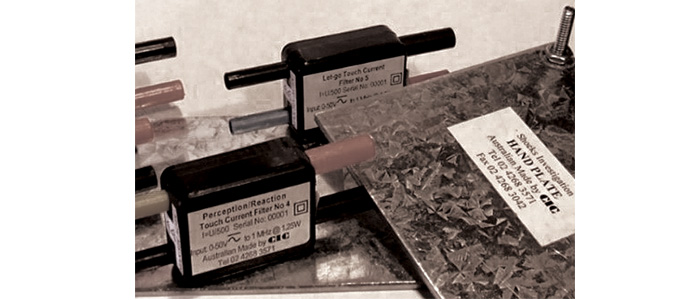- +61 7 3374 2877
- Email Us
Electric shock and arc flash incidents continue to pose a grave concern in the electrical industry, despite the prohibition of ‘live’ electrical work by legislation. Disturbingly, Australia records approximately one electrocution-related fatality per month, and one in every three of these victims belongs to the electrical community.
In this article (Part 1) looking at electrical incident investigations, we embark on a comprehensive exploration of the crucial preplanning phase and the vital first response in the management and prevention of these life-threatening incidents.
Chris Halliday is the leading expert in Australia for Electrical Incident Investigations and is the Electrical Safety Advocate and Specialist Trainer at PowerLogic.
Preplanning
Preparations for an electrical incident will depend on the organisation. A safety regulator will have totally different objectives to poles and wires business and to a mining company, etc.
Being prepared for an electrical incident, regardless of the type of organisation, will help ensure proper corrective and preventative actions are implemented to prevent recurrences. Recurrences will be frowned upon by safety regulators and the courts, especially if no actions were taken after the first incident. Prosecutions from safety regulators serve as a deterrent and incentive for businesses to prevent incidents initially and to prevent recurrences should an incident occur.
Preparations include having detailed procedures to be followed in the event of an incident and forms and/or checklists to help ensure adequate evidence is collected. Procedures will need to detail how the investigation team is selected and appointed, evidence is to be collected, recorded and stored, how evidence is to be analysed and examined, and test equipment calibration and accuracy requirements, etc.

Additionally, a written report template will help ensure consistency with reporting whilst realising the safety regulator is likely to have their own reporting form that must be completed.
Undoubtedly, investigators will need equipment to conduct the investigation. One of our clients has a barrel bag ready at hand that is well stocked for an investigation. The contents of the bag include such this as multimeters, oscilloscopes, insulation resistance testers, electric shock investigation kit, insulated gloves, witches hats, barrier tape, torch, rain gear, cameras, video camera, spare batteries, etc.
Evidence storage facilities also need to be established including chain-of-custody security arrangements that will need to be detailed in the investigation procedure. A locked storage cupboard will be needed for physical items of evidence and an electronic medium for electronic items such as photos and videos, this could be a secure corporate drive.
Lastly, and most importantly, is having skilled and trained investigators and this is where PowerLogic comes into play. We have trained thousands in the art of investigation electrical incidents. Our 3-day Electric Shock Investigation Training Course surpasses the standards of competence. Recent training for a safety regulator has received accolades and positive feedback.